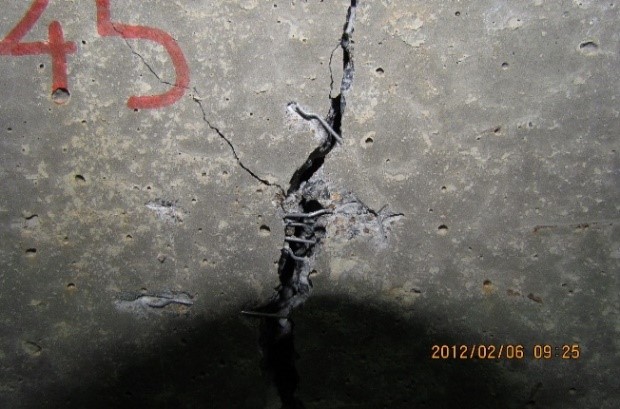24 Jan 2022
Fundamental of Fiber-reinforced concrete
Fiber-reinforced concrete is concrete containing fibrous material which increases its structural integrity. It contains short discrete fibers that are uniformly distributed and randomly oriented. Fibers include steel fibers, glass fibers, synthetic fibers and natural fibers – each of which lend varying properties to the concrete. In addition, the character of fiber-reinforced concrete changes with varying concretes, fiber materials, geometries, distribution, orientation, and densities.
Fibres are well known to provide post-crack energy to concrete, enhancing the energy absorption capacity (toughness) of the material. Besides the fact that new fibres intended for structural use appear on the market, there is still no general agreement about the test methods that have to be used in conjunction with the design methods. Different methods can be used to investigate the toughness properties of FRC. The most common are the bending test (with or without a notch), the uni-axial tensile test or the wedge-splitting test. More specific testing methods are often used for investigating shear, torsion, impact, or pullout properties.
What are the main parameters to measure:
There are many parameters that must be taken into consideration, but there are significant parameters that we believe are absolutely critical to measure:
Energy Absorption test on slab:
This test is performed to assess the flexural performance and the residual resistance characteristics of fiber reinforced concrete (FRC) and shortcrete slabs.
This test has to be performed with a suitable flexural frame having proper stiffness and capacity and a control console capable of applying load in displacement control as our model MCC or Automax Multitest.
The test can be carried out on square or round slabs according to EN standard.
In this case the test set includes a supporting frame for the sprayed slab, a loading spherically seated punch and a displacement transducer for central slab deflection measurement.

Flexural performance testing
This test is performed to assess the flexural performance and the residual resistance characteristics of fiber reinforced concrete (FRC) and shortcrete. This test has to be performed with a suitable flexural frame having proper stiffness and capacity as, for instance, our model FT010/C1609 and a control console capable of applying load in displacement control as our model MCC or Automax Multitest. The complete set includes a frame suitable for proper positioning of transducers on the beam specimen, two high precision displacement transducers and an electric mean device (not required for Automax Multitest control console).



